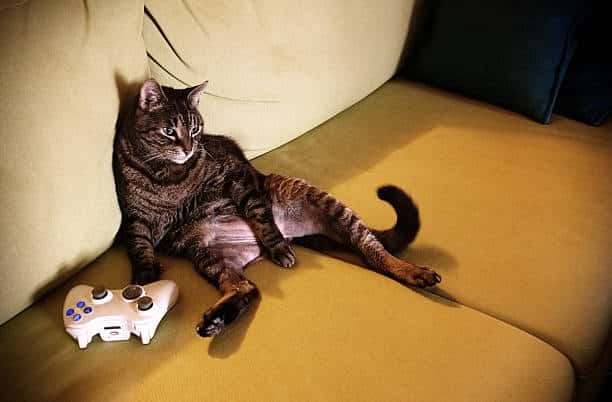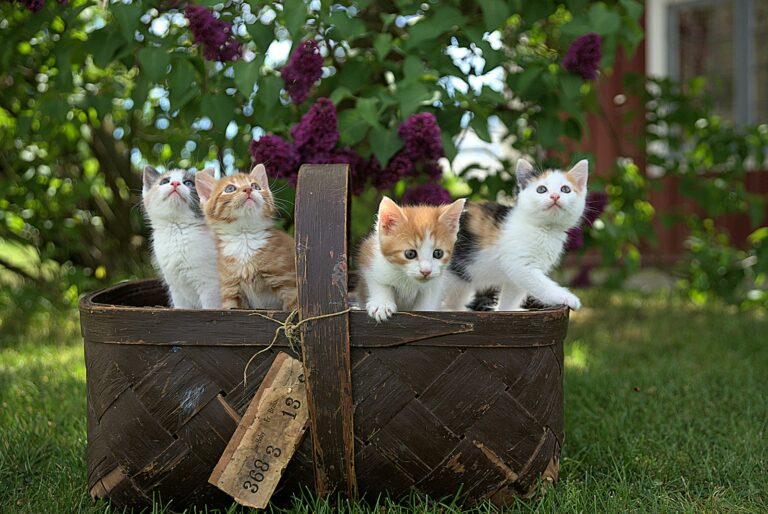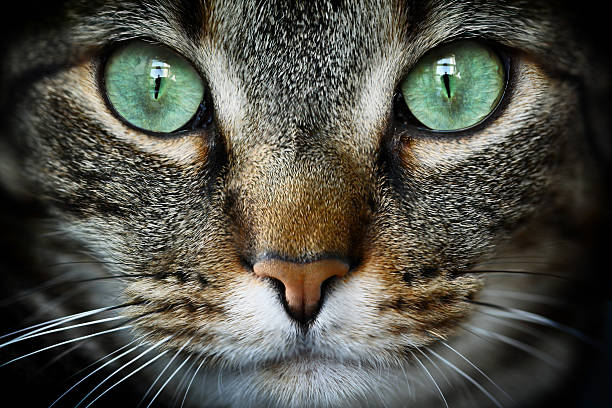Understanding Cat Behavior To Improve Litter Box Training
Many cat owners struggle with litter box training their feline companions, often leading to frustration and messes around the house. However, by gaining a deeper understanding of cat behavior and their natural instincts, you can significantly improve the success of litter box training. Cats are unique animals with specific needs and preferences when it comes to their bathroom habits, so it’s necessary to adjust our approach to align with their instincts. In this blog post, we will probe into the reasons behind certain cat behaviors related to litter box usage and provide practical tips on how to enhance litter box training for a happier and cleaner environment for both you and your cat.
The Psychology of Cats
Understanding Feline Communication
Before delving into litter box training, it is necessary to understand feline communication. Cats use a combination of vocalizations, body language, and scent marking to communicate with each other and their human companions.
Instinctive Behaviors and Litter Box Use
Any cat owner knows that cats are meticulous groomers, and this behavior extends to their preference for cleanliness in their bathroom habits. The instinct to bury their waste comes from their wild ancestors, who needed to hide their scent to avoid predators.
This instinctual behavior is crucial to keep in mind when litter box training your cat. Cats may be reluctant to use a dirty litter box or one that is too close to their food and water dishes. Ensuring the litter box is placed in a quiet, accessible location can help encourage your cat to use it consistently.
Setting Up for Success
Choosing the Right Litter Box
Setting up your cat for litter box training success starts with choosing the right litter box. Cats have individual preferences when it comes to their bathroom habits, so providing a litter box that suits their needs is imperative. Consider the size of your cat, the type of litter they prefer, and whether they prefer a covered or uncovered box. It’s important to have at least one litter box per cat in the household to prevent territorial issues.
The Role of Location and Privacy
Location plays a crucial role in litter box training success. Cats prefer privacy when using their litter box, so be sure to place it in a quiet and secluded area of your home. Avoid placing the litter box near their food and water dishes as cats like to keep their eating and bathroom areas separate. Providing multiple litter box options in different locations can also help reduce accidents and encourage proper litter box usage.
Role
Privacy is imperative for a cat’s comfort and sense of security while using the litter box. By providing a secluded and quiet location, you are creating a safe space for your cat to do their business without feeling exposed or vulnerable. This will help them feel more confident and relaxed, leading to successful litter box training.
Training Techniques
Positive Reinforcement Strategies
To effectively train your cat to use the litter box, positive reinforcement techniques are key. The most common method is to reward your cat with treats, praise, or playtime when they use the litter box correctly. This encourages the desired behavior and helps your cat associate the litter box with positive experiences. Consistency is crucial in reinforcing good behavior and creating a positive routine for your cat.
Addressing and Correcting Problematic Behaviors
Addressing problematic behaviors such as refusing to use the litter box or urinating outside of it requires a different approach. It’s imperative to understand the root cause of the behavior, which could range from medical issues to stress or dislike of the litter box. Consulting with a veterinarian is recommended to rule out any underlying health issues. Once medical causes are addressed, behavioral modification techniques can be implemented to correct the behavior.
Techniques for addressing problematic litter box behaviors may include providing multiple litter box options in different locations, maintaining a clean litter box, using different types of litter, and creating a peaceful environment for your cat. Consistency, patience, and positive reinforcement are key to successfully training your cat to use the litter box appropriately.
Maintaining Good Habits
Routine Check-ups and Litter Box Maintenance
Maintenance is key when it comes to ensuring your cat’s litter box habits remain consistent. Regularly check the litter box for cleanliness and clumpiness, as well as ensuring it is in a quiet and accessible location for your cat. Keeping the litter box clean and fresh helps to encourage your cat to continue using it regularly.
Monitoring Behavioral Changes and Health Issues
Checkups are important in monitoring your cat’s behavior and health, which can directly impact their litter box habits. Keep an eye out for any changes in behavior, such as avoiding the litter box, excessive grooming, or signs of distress. These can be indicators of potential health issues that may affect your cat’s litter box usage.
Monitoring your cat’s behavior and health regularly also helps in detecting any early signs of medical conditions that could be impacting their litter box habits. Consulting with your veterinarian is crucial if you notice any changes in your cat’s behavior or litter box usage, as prompt medical attention can help address any underlying issues affecting your cat’s wellbeing.
Summing up
Conclusively, understanding cat behavior is crucial in improving litter box training. By recognizing their natural instincts, preferences, and behaviors, we can create a conducive environment that encourages proper litter box usage. Providing the right type of litter, keeping the box clean, placing it in a suitable location, and addressing any stress or medical issues are all important factors to consider. With patience, consistency, and a good understanding of your cat’s behavior, successful litter box training is achievable, leading to a healthier and happier relationship between you and your feline companion.







